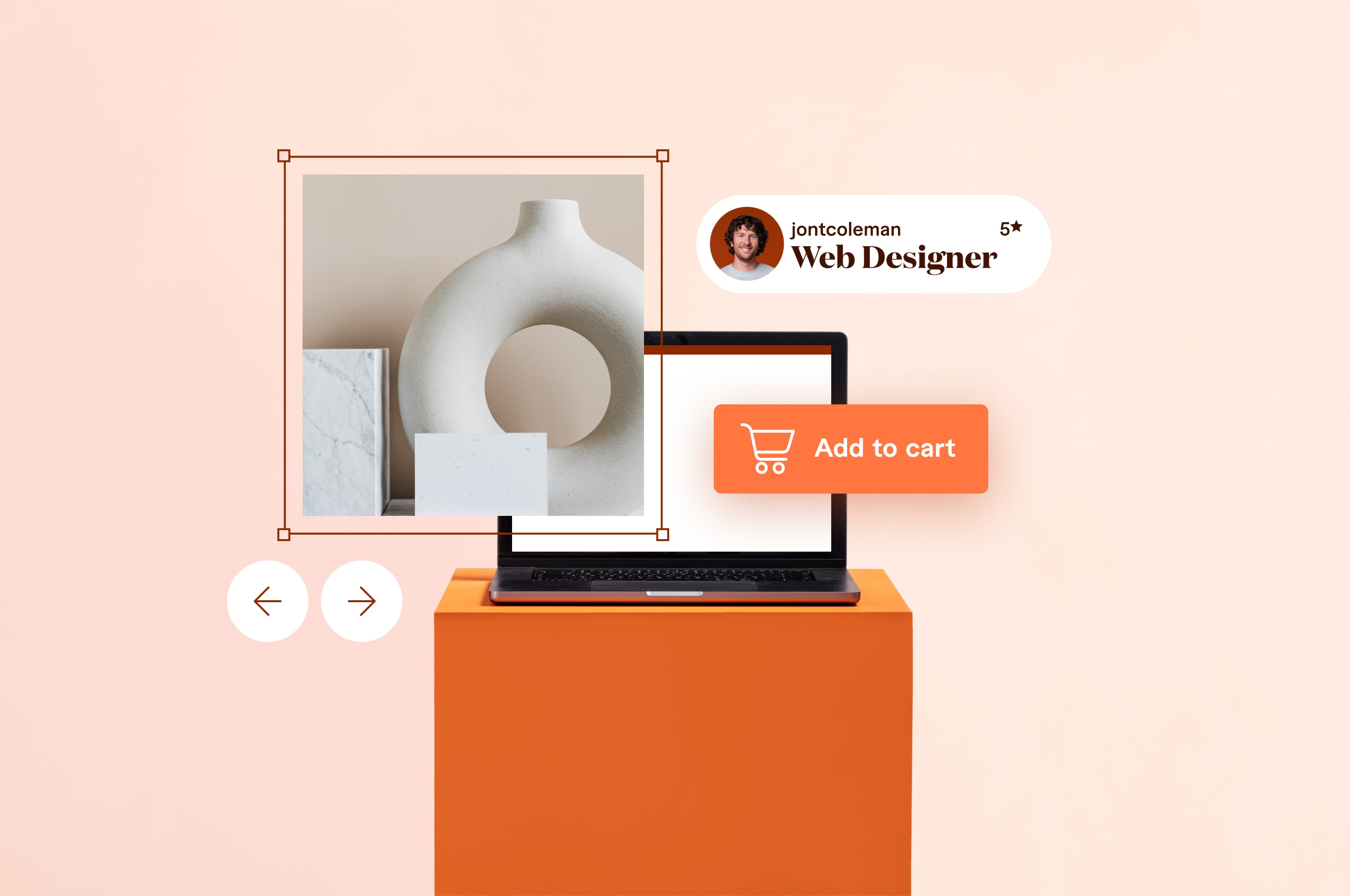12 Profitable Ecommerce Business Ideas You Can Start Today for 2024
Ready to open an online shop? Discover niche market products and innovative services to help you kickstart your online ecommerce store
 June 20, 2023
June 20, 2023 15 minute reading
15 minute reading
Starting a traditional retail store presents challenges: rising overhead costs, limited reach, and market saturation.
With ecommerce, you can now overcome these barriers, reach a global customer base, and achieve uncapped growth.
But with more than five million businesses created in the US last year, competition is steep for startups. To help you choose your business idea for your online store, we’ve put together 12 innovative ecommerce ideas, along with their business model and projected market growth.
We’ll also look at how you can start a lucrative ecommerce store, with insights from successful ecommerce entrepreneurs.
Should you start an ecommerce business in 2023?
Starting a new business? In this economy?
Turns out, 2023 is the right time to do it.
Big Tech layoffs at Google, Meta, Microsoft, and Amazon mean experienced and highly skilled professionals are now available for hire. The silver lining of these widespread layoffs might be a more even distribution of top talent, giving startups the chance to compete in digital spaces.
Ecommerce makes up 22% of sales ($3.3 trillion) and is likely to reach $5.4 trillion by 2026, according to Morgan Stanley. There has been no visible ceiling for ecommerce growth globally, indicating a major shift in the way people like to shop.
“One of the biggest growth areas in tech for 2023 will be on Digital Main Street, in small online businesses like mobile apps, SaaS solutions, ecommerce stores, blogs, content-based websites, and other digital assets,” says Blake Hutchison, CEO of Flippa, in an op-ed on Entrepreneur.com.
Top 12 profitable ecommerce business ideas:
1. Subscription boxes

Dollar Shave Club, a subscription box service
A subscription box is a curated collection of products tailored to specific interests. Customers sign up to receive a box monthly, or over a specified time period. A subscription box makes it easy for customers to reduce time spent shopping and get their favorite products delivered without needing to proactively restock. According to TBRC, the subscription box market shows no signs of slowing down, growing over 100% annually and with a current value of $10 billion. While the profit margin of subscription boxes can differ significantly across industries, the majority of them achieve a profit margin ranging from 40% to 60%.
For example, Dollar Shave Club has disrupted the grooming industry by delivering razors and other personal care products directly to subscribers.
Purple Carrot is a plant-based meal subscription box that delivers meal kits or prepared meals. You can also start a subscription box by curating third-party products. MunchPak is a snack curation subscription box that delivers snacks from all around the world.
A subscription box ecommerce business requires distinct brand style and packaging design. Consider hiring a Fiverr freelancer to help with your design requirements.

Packaging design done by pro seller @mohammedbadaam on Fiverr
2. Print-on-Demand merchandise
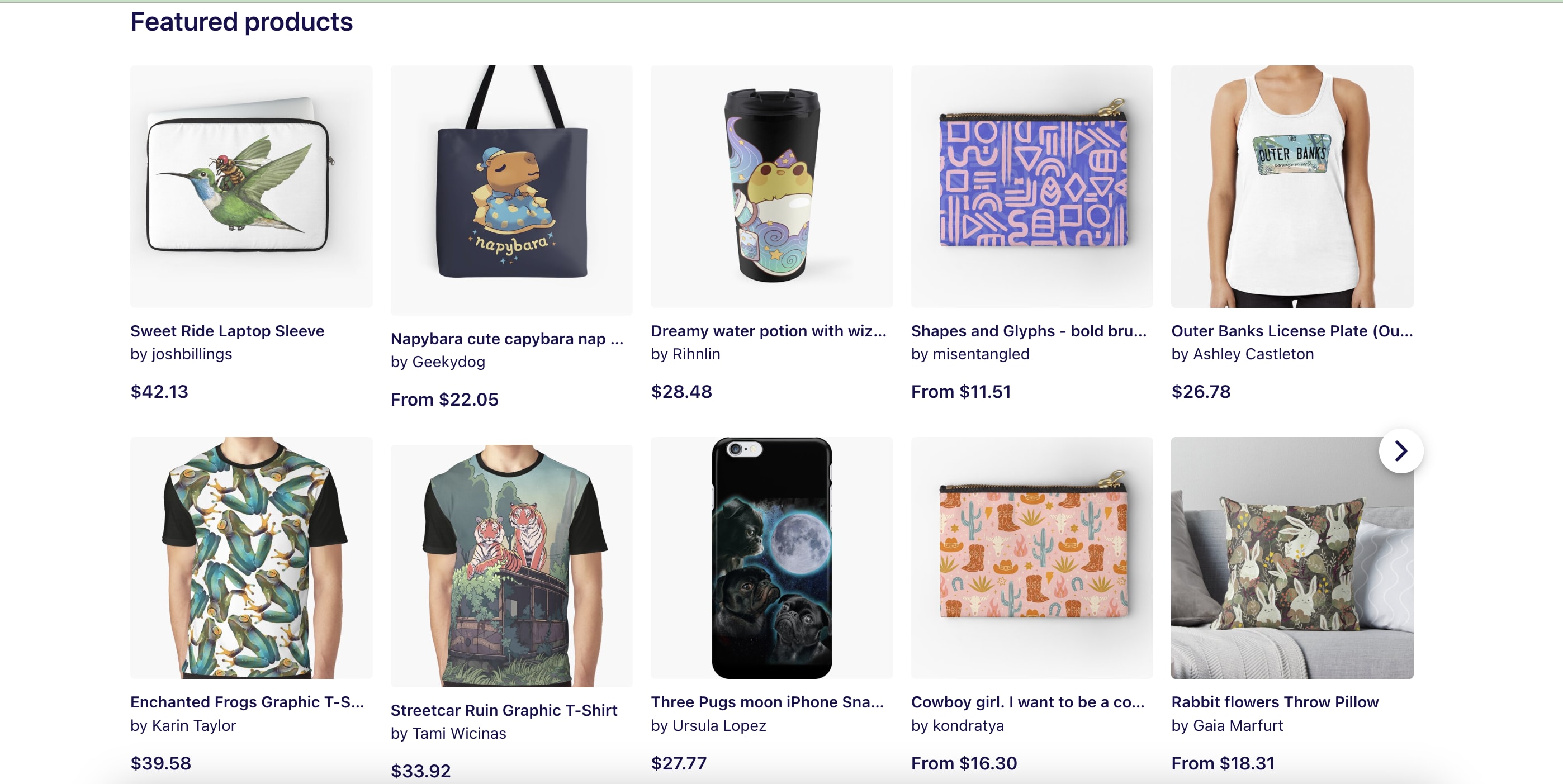
Featured products on Redbubble, designed by users
Print-on-demand services provide entrepreneurs an opportunity to create custom-designed products, without the upfront costs of creating a large product inventory. The global custom t-shirt printing market was valued at $4.314 billion in 2022 and is expected to grow annually at 11.1% from 2023 to 2030, as reported by Grand View Research. Business owners can get an average profit margin of around 15% to 20%.
Redbubble is a platform where artists can showcase their unique designs and sell them on different products like t-shirts, mugs, or upholstery.
You can choose to design your own products or hire a designer to do it for you. On Fiverr, you can access global talent for clothing and merchandise design.
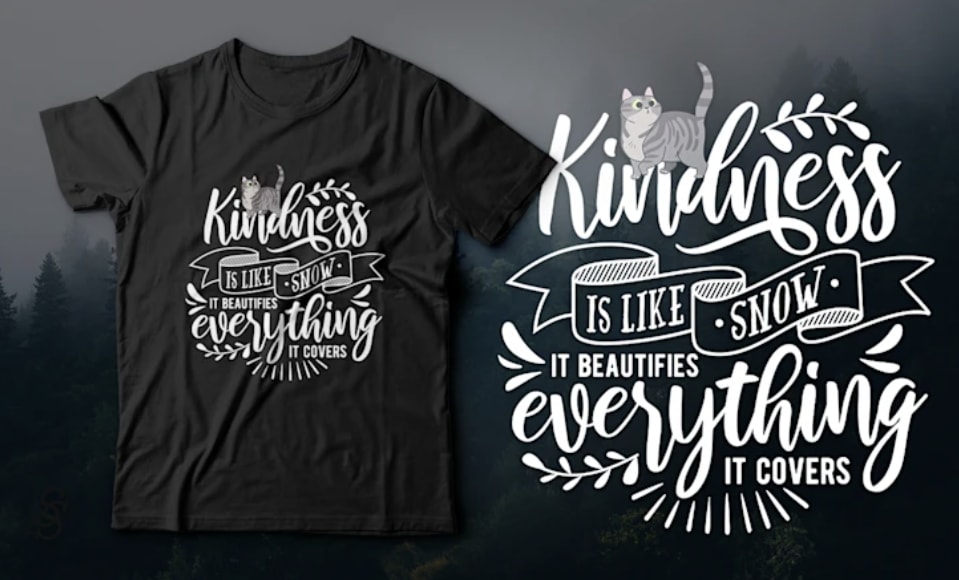
T-shirt design by top-rated seller @superdaystudio on Fiverr
3. Dropshipping
Dropshipping involves selling products without inventory management or order fulfillment. Instead, the retailer partners with a supplier and takes care of these aspects of the business.
This frees up the retailer to focus on other important aspects of the business, such as marketing and customer service.
Shopify, a leading ecommerce platform, offers an integration with Oberlo, a popular dropshipping app. This integration has made it easier than ever for entrepreneurs to get started with dropshipping. With just a few clicks, they can set up their online store and begin selling products from their supplier’s inventory.
Dropshippers typically maintain a profit margin within the range of 15% to 20%, as observed within the industry. In general, aiming to sell products above 10% of their wholesale price is a positive indicator for achieving a favorable profit.
According to Grand View Research, the global dropshipping market size was valued at $225.99 billion in 2022 and is expected to register a compound annual growth rate (CAGR) of 23.4% from 2023 to 2030.
If setting up a dropshipping site seems like a mammoth task, you can delegate it to a Fiverr freelancer.

Automated dropshipping store on Shopify designed by @declanmaltman, top-rated seller on Fiverr
Hire ecommerce talent to build and market your store
4. AR/VR products (headsets and other accessories)

Source: Unsplash
The augmented reality/virtual reality (AR/VR) market has witnessed remarkable growth in recent years and is poised for continued expansion.
According to Statista, revenue in the AR/VR market is projected to reach $31.12 billion in 2023. As more industries embrace AR/VR technology for applications such as gaming, education, health care, and entertainment, the demand for AR/VR products continues to rise.
According to Forbes, Pokémon GO popularized augmented reality (AR) in the mainstream as a gaming app. Despite a decline in popularity, the app still earns $2 million daily, becoming the fastest game to reach $600 million revenue in three months. This makes the profit margins more than the investment. AR/VR headsets and accessories provide users with immersive experiences, transporting them to virtual worlds or overlaying digital information onto the real world.
There are various accessories that can complement the AR/VR experience and generate additional revenue streams. For example, handheld controllers, haptic gloves, motion trackers, and protective cases.
By offering a comprehensive range of AR/VR products and accessories, you can cater to the diverse needs and preferences of consumers, further boosting your ecommerce business’s profitability.
It’s important to create an engaging online experience for customers, especially in the AR/VR ecommerce space. Use high-quality product images and videos that showcase the immersive capabilities of your AR/VR products.
Invest in virtual try-on features or interactive demos whenever possible to allow customers to envision the product experience.
5. Smart home products
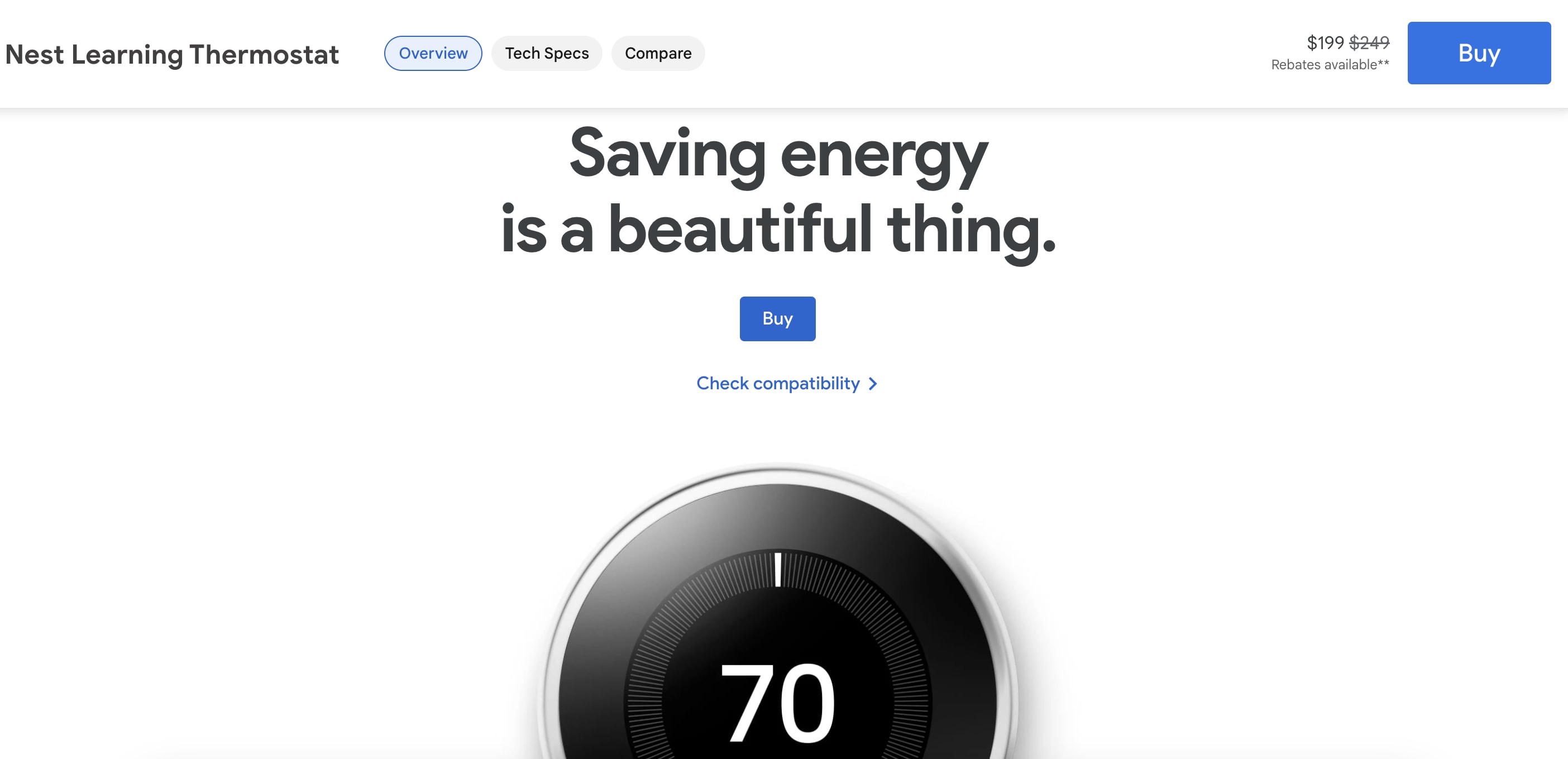
There’s more to a smart home than having an Alexa. Smart home products encompass a wide range of devices, including smart thermostats, lighting systems, security cameras, door locks, voice assistants, and more.
Nest, known for its smart thermostats and security systems, is a prime example of a successful ecommerce business in this niche.
According to Fortune Business Insights, the global smart home market is expected to grow from $99.89 billion in 2021 to $380.52 billion in 2028 at a CAGR of 21.1%. The typical profit margin for a smart home installation, encompassing both equipment and labor, stands at 33%.
This exponential growth is fueled by advancements in Internet of Things (IoT) technology, increased connectivity, and the desire for convenience, security, and energy efficiency in households worldwide.
Smart home products offer homeowners the ability to control and automate various aspects of their homes, enhancing comfort, energy efficiency, and security. By curating a selection of cutting-edge smart home products, cater to the needs of tech-savvy consumers who seek to transform their living spaces into intelligent, interconnected environments. Identify popular brands and products that resonate with consumers, ensuring they align with quality, reliability, and compatibility standards. Providing detailed product information, including specifications, features, and installation guides, is crucial for customers to make informed purchasing decisions.
6. Organic and natural products
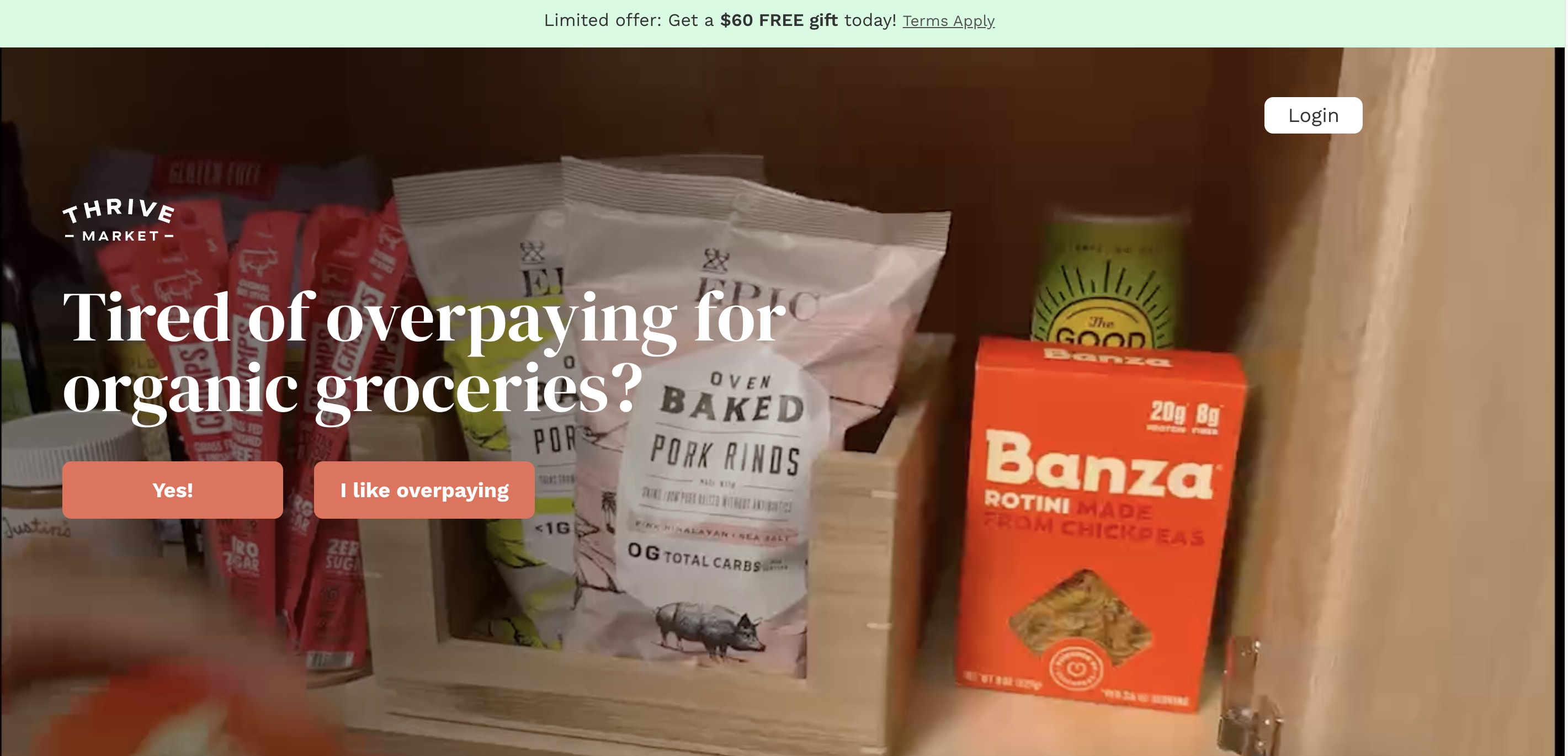
Thrive Market, an organic ecommerce startup
The demand for organic and natural products is on the rise as consumers increasingly prioritize their health, well-being, and environmental impact.
According to Food Navigator, the gross profit margins for organic and natural profits is 96% higher than non-organic counterparts. The global organic personal care market is projected to expand at a CAGR of 9.1% from 2022 to 2030, according toGrand View Research.
Thrive Market, an online retailer focusing on organic and non-GMO products, shot to popularity as a convenient platform for consumers to access high-quality organic products at competitive prices. Its model allows customers to easily browse and purchase a diverse selection of organic groceries, personal care items, supplements, and household products.
To succeed in the organic and natural products ecommerce space, it’s important to establish trust and credibility with customers. Clearly communicate the authenticity and quality of your products, provide transparent information about ingredients and certifications, and highlight the environmental sustainability of your offerings.
Ryan Mckenzie is the cofounder and CMO of Tru Earth, a leading eco-friendly household product company. Tru Earth had a three-year growth rate of 944%, and is the 46th fastest-growing company in Canada. “To identify our target market, we researched current eco-friendly trends and consumer preferences. This research allowed us to pinpoint environmentally conscious consumers who prioritize sustainable and practical solutions for their households,” says Mckenzie.
Sustainable fashion is another promising vertical, forecasted to grow at 8.3%.
Cynthia Asije is the cofounder and CEO at Adirelounge, a sustainable activewear brand. “We saw a gap in the market for activewear that combined unique designs with eco-friendly practices like made to order, while also incorporating ethnic prints, and that’s where our big idea originated,” says Asije.
7. 3D printing
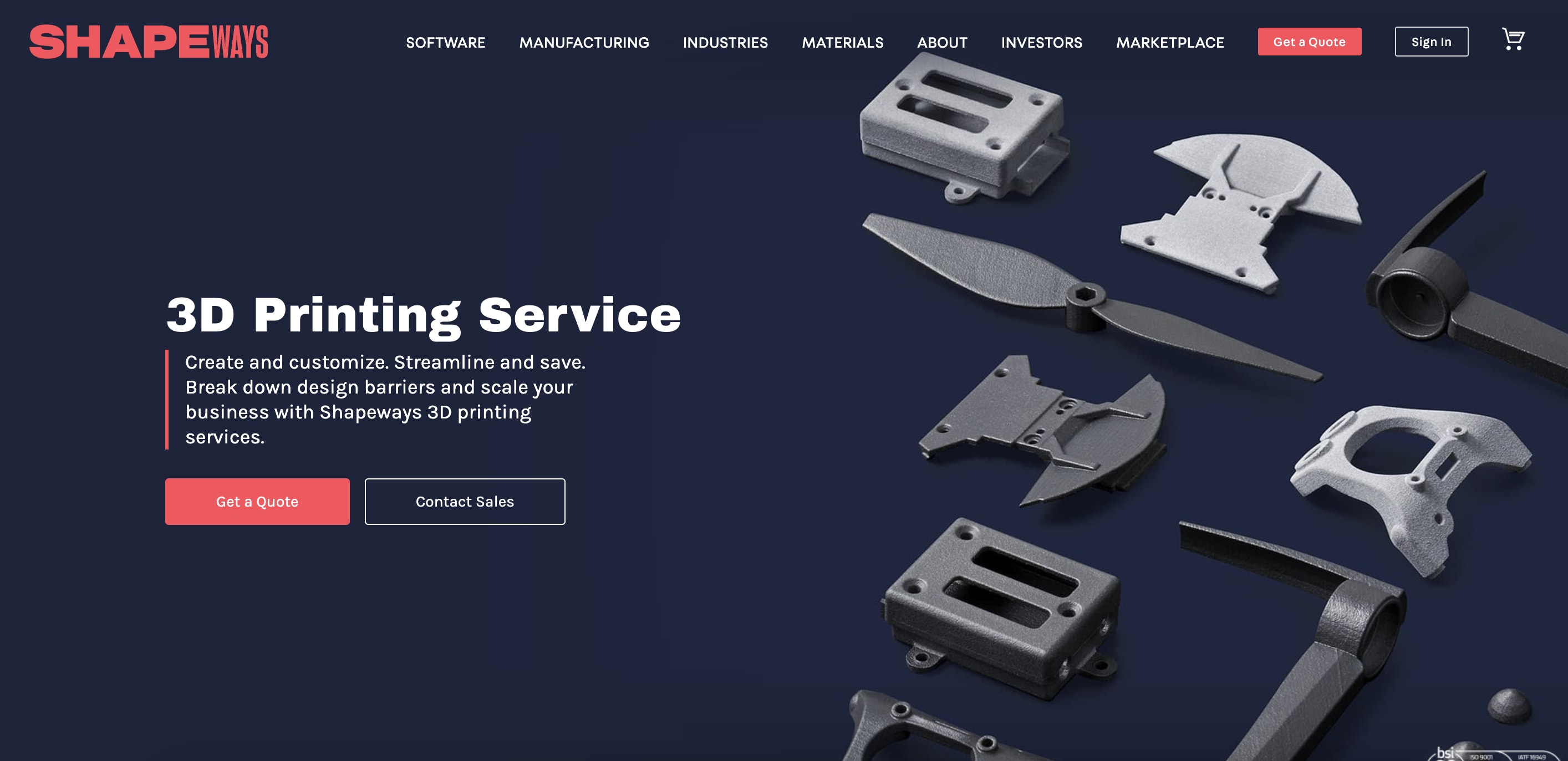
From customized jewelry and accessories to unique home décor items, 3D printing allows businesses to cater to individual preferences and offer one-of-a-kind products. The level of customization creates a distinct competitive advantage.
Traditional manufacturing processes often involve high setup costs and minimum order quantities. In contrast, 3D printing allows for on-demand production, reducing inventory costs and minimizing waste.
MarketsandMarkets, a market research firm, predicts that the global 3D printing market will reach $34.5 billion by 2028. A 3D printing company can achieve profit margins ranging from 50% to 90% based on the cost of the materials used.
This agile manufacturing approach enables ecommerce businesses to respond quickly to market trends and customer demands. Industry growth is fueled by various factors, including advancements in 3D printing technologies, expanding applications across industries, and increasing consumer adoption.
To succeed in the 3D printing ecommerce space, it is crucial to have a strong online presence and effective marketing strategies.
Shapeways is a notable platform where designers can create and sell their 3D-printed products.
8. Health and wellness products
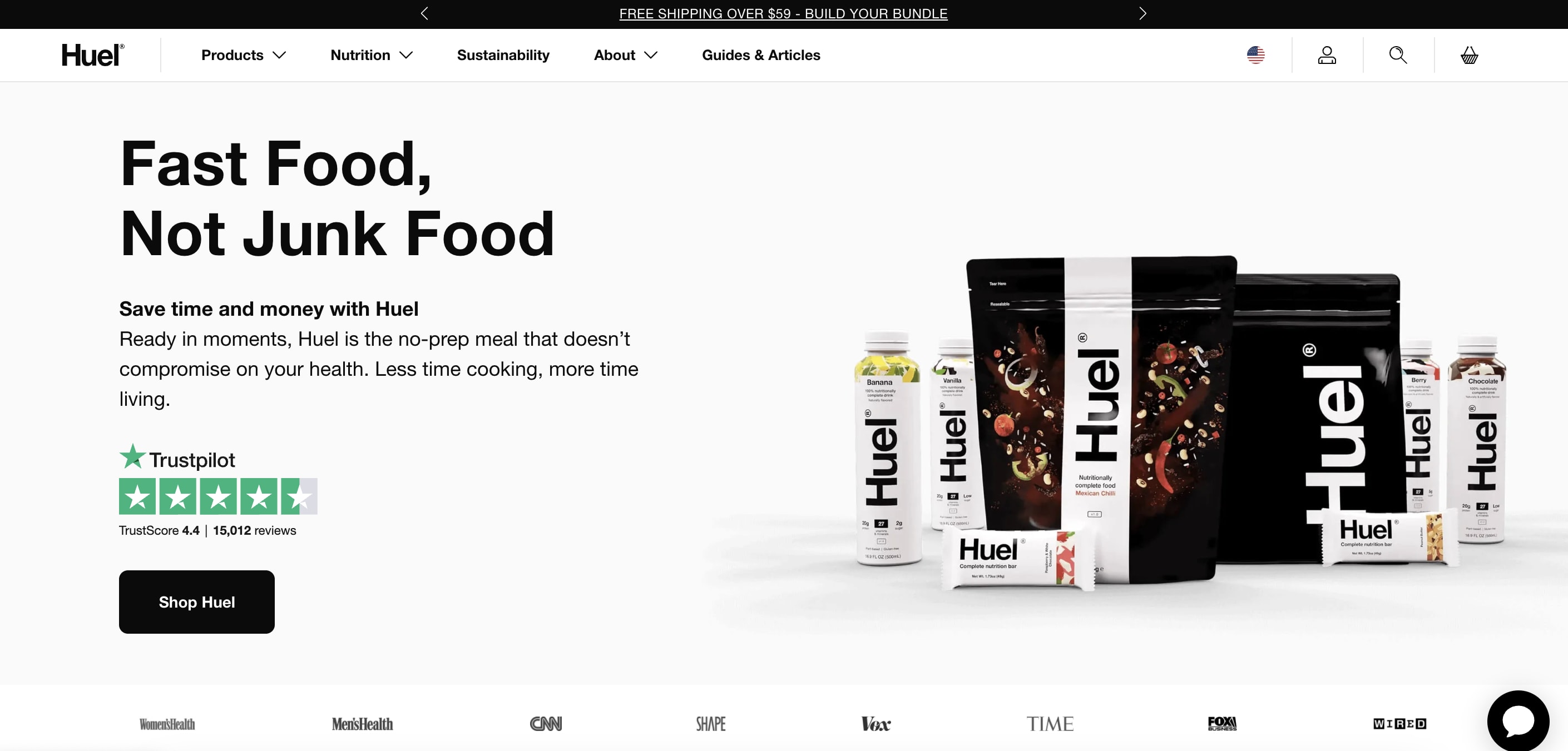
Huel, a health ecommerce business
In 2023, the health and wellness industry continues to thrive, with consumers actively seeking products to improve their well-being.
The annual global wellness market is predicted to be more than $1.5 trillion, with annual growth of 5% to 10%, according to McKinsey. This vast market encompasses various sectors, including nutrition, fitness, mental well-being, beauty, and more.
Huel is a complete nutrition meal replacement brand in the wellness sector. Huel has successfully tapped into the market’s demand for convenient and nutritionally balanced meals. Its ecommerce platform enables customers to purchase their products with ease, catering to the growing number of health-conscious individuals seeking convenient and wholesome alternatives to traditional meals.
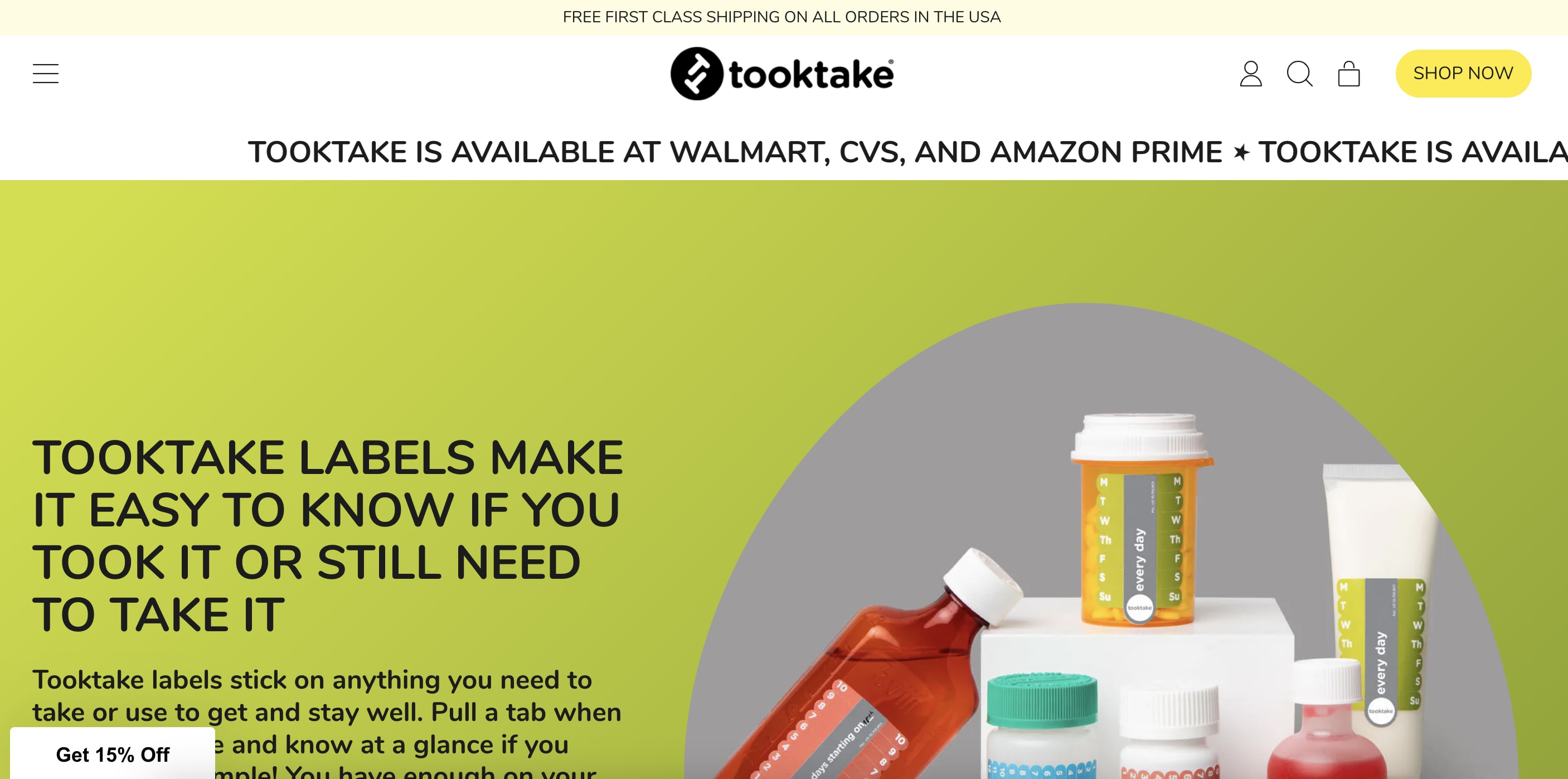
Tooktake, a health ecommerce business, now available in retail stores
We spoke to Leeanna Gantt, founder and inventor of Tooktake.
“When I was diagnosed with cancer, I expected big changes in my life—little did I know that my career would be one of them! I created a product during my treatment and recovery to finally solve the problem of tracking my prescriptions, and it became a real-life product being made in America called Tooktake, now on the shelves of the country’s largest store chains,” she says.
9. Online fitness programs

Virtual workouts and online fitness programs have gained significant traction, especially with the rise of remote and home-based fitness.
According to Research and Markets, the health and fitness club market is valued at $70.3 billion in the current year, and is projected to register a CAGR of 11.86% over the next five years. The average profit margin for gym programs are 10% to 15%.
BODi, known for its popular programs like P90X and Insanity, has built a multimillion-dollar business in this niche. Smaller fitness influencers are also starting to create ecommerce businesses with online fitness programs, and consultation services.
10. Personalized gifts and accessories
In a world dominated by mass-produced products, there is a growing demand for unique, handmade, and artisanal goods. Personalized items that celebrate individuality have become highly sought after. Platforms like Etsy have provided a thriving marketplace for artisans to showcase their crafts and connect with a global customer base. The gross margin profits for personalized gifts and accessories is around 22%.
If you have a passion for creating handmade jewelry, pottery, or any other artisanal products, establishing an ecommerce store on Etsy or your website can be a profitable venture. According to Statista, Etsy’s revenue amounted to $1.7 billion in 2021, highlighting the potential of this niche.
11. Digital products and courses

Online courses on Udemy
The digital era has created opportunities for entrepreneurs to sell intangible products such as ebooks, online courses, and digital downloads.
These platforms allow participants to learn and engage in real-time, fostering an interactive learning environment. With the right marketing and promotion, webinars and online workshops can generate revenue and establish you as an authority in your industry.
If you have expertise in a particular field, you can create and sell digital products that provide value to your target audience. Udemy and Coursera are leading platforms where instructors can create and monetize online courses, while Envato offers a marketplace for digital assets like website templates, graphics, and music. These offer high profit margins. For instance, Udemy’s profit ranges between 50% to 75%.
Producing a high-quality online course often requires video and sound editing skills. If you need assistance with these tasks, you can easily find skilled freelance video editors and voice-over artists on Fiverr to help bring your course to life.
12. Niche and specialized smartwatches

Garmin, sports watch brand
Smartwatches have become increasingly popular, due to their fitness tracking, communication features, and stylish design, leading to significant growth in demand.
According to Statista, smartwatch shipments worldwide are forecast to grow in the following years, increasing from 37 million units in 2016 to over 402 million units by 2027.
This creates opportunity for niche and specialized smartwatches catering to specific audiences. For instance, Garmin focuses on fitness enthusiasts and outdoor adventurers, offering advanced tracking features and rugged designs.
Niche smartwatches can target segments like health care professionals, children, or elderly individuals, providing tailored functionalities to meet specific needs.
Is ecommerce profitable?
Ecommerce can be a highly profitable business, but it ultimately depends on factors such as the niche, competition, marketing strategy, and operational efficiency.
Many ecommerce businesses operate with lower overhead costs than traditional brick-and-mortar stores, which can result in higher profit margins. Ecommerce businesses can also benefit from the ability to reach a global audience, 24/7 availability, and the ability to automate certain aspects of the business.
However, there are also challenges to consider such as fierce competition, high customer acquisition costs, and the need to continuously invest in technology and marketing. It’s important to have a solid business plan, a deep understanding of the market and customer needs, and a willingness to adapt and evolve the business over time in order to remain profitable.
Hiring remote freelancers can further reduce operational costs and make it easier to access talent. On Fiverr, you can hire ecommerce management to handle your online store, product research, website maintenance, and more.
“Hiring freelancers widens the candidate pool, giving us greater access to top talent,” says Dan Kroytor, the founder and director of TailoredPay. “Having such a diversity of top talent from across the globe can lead to greater innovations for your business.”
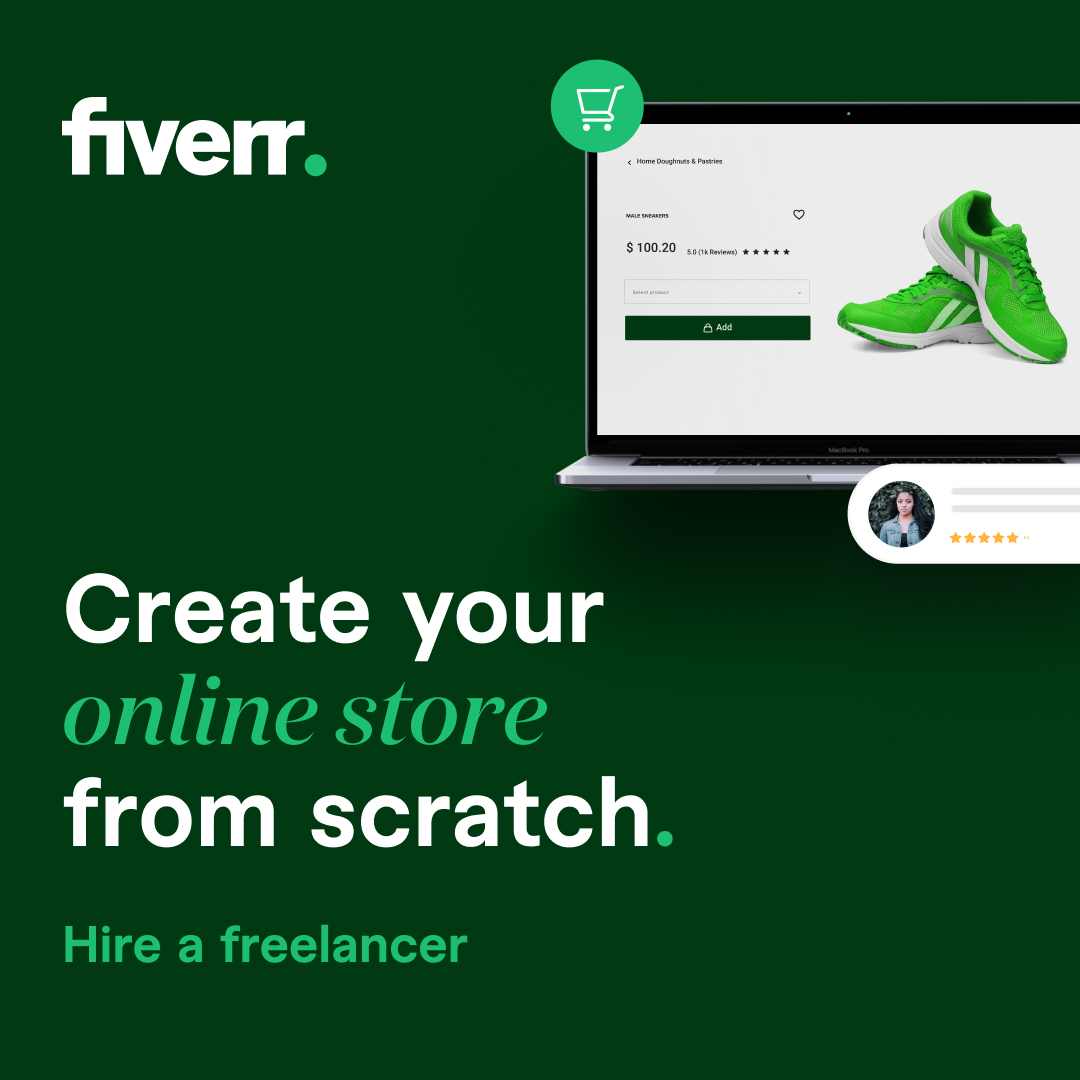
Want to learn how to create an online store? Keep reading.
Ready to start selling? Find Ecommerce development services by freelance developers on Fiverr.
Start sellingHow do I start a successful ecommerce store? Experts weigh in
▶️▶️ Read our full comprehensive guide on how to start an online business from in 11 steps.
Starting a successful ecommerce store requires careful planning and execution. Here are some steps to get started:
1. Identify your niche
Research and identify a profitable niche that you are passionate about. Consider factors such as market demand, competition, and customer needs.
2. Develop a business plan
Create a comprehensive business plan that includes your target market, products and services, marketing strategy, financial projections, and goals.
“For someone looking to start an ecommerce business from scratch, I recommend researching current market trends and validating your idea to identify demand,” says Ryan Mckenzie. “Create a strong brand identity, establish a reliable supply chain, and focus on delivering exceptional customer experiences. Be prepared to invest time in marketing activities and be patient, as business growth might take time initially.”
3. Choose a platform
Choose an ecommerce platform that suits your business needs and goals. Popular options include Shopify, WooCommerce, and BigCommerce.
4. Build your store
Create a visually appealing and user-friendly website that showcases your brand, products, and services. Optimize your website for search engines, and ensure that it is responsive and mobile-friendly. “Don’t time SEO wrong. It’s not ideal to start out with SEO if you are in a competitive niche, self-funding, or have minimum capital,” advices Cody Bollerman, owner of Cody Bollerman Digital. “It’s better to build the brand first and then invest in SEO once you have more cash flow and time to be patient. Also, it helps Google identify your niche and website authority from paid ads and direct search, which indirectly helps SEO.”
5. Source or manufacture products
Invest in high-quality products that align with your niche and customer needs. Consider factors such as product quality, pricing, and shipping options.
6. Set up payment and shipping
Choose a payment gateway that is secure and reliable. Set up shipping options and consider offering free shipping or flat-rate shipping to improve customer experience.
7. Launch and market your store
Launch your store and begin promoting it through social media, email marketing, content marketing, and paid advertising. Consider offering incentives such as discounts and referral programs to attract new customers. “We owe much of our success to our investment of time, effort, and financial resources into our video marketing campaigns,” says Tony Angeleri, VP of business development at Lone Wolf Paintball. “Our videos got us the crucial initial attention that helps you get through the first and most challenging phase of a new ecommerce business.”
Hire an ecommerce online store manager today
The ecommerce landscape is teeming with opportunities for entrepreneurs to tap into the digital marketplace. From subscription boxes to digital offerings, there are numerous profitable business ideas to explore.
The key to success lies in identifying a niche, understanding your target audience, and delivering exceptional products or experiences. Running an online store can be time consuming. Consider hiring an ecommerce store manager on Fiverr to take everyday tasks off your plate.
